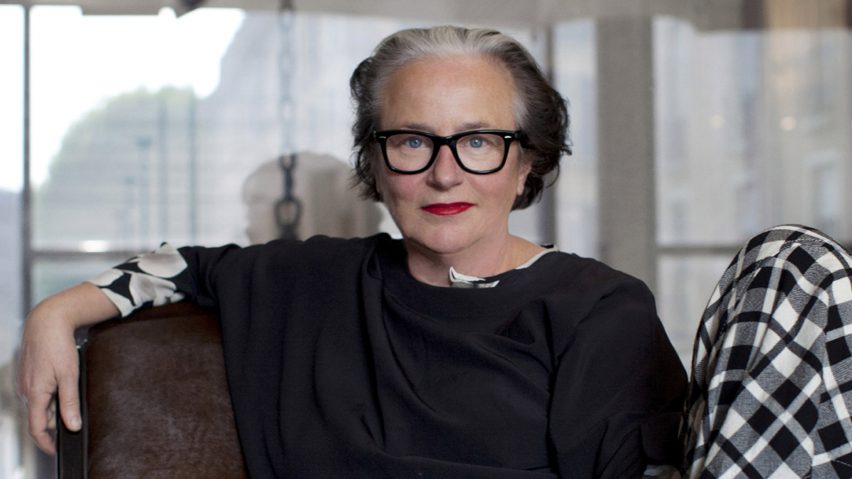This week on Dezeen, trend forecaster Li Edelkoort argued that the disruption and economic standstill caused by the coronavirus outbreak could ultimately lead to a positive outcome for the planet and its people.
In an exclusive interview, the trend forecaster said she hopes that, as our regular travel, production and consumption patterns are upended, humanity would put a better system in place "with more respect for human labour and conditions".
"Anyone still planning public events in the coming months might as well stop organising today and find innovative ways to communicate and relay the information differently," she added.
As the WHO officially declared that the spread of the disease has reached pandemic levels, New York's Metropolitan Museum of Art shut its doors indefinitely, while the DesignMarch festival in Iceland and 3 Days of Design in Copenhagen were both postponed.
As events continue to be impacted, Dezeen Events Guide has created a dedicated page listing all major events affected by the virus.
In response to the outbreak design schools and studios have started moving their operations online instead of cancelling them completely, in the hopes of maintaining a level of normality under the circumstances.
The Harvard Graduate School of Design, Note Design Studio and the Geneva Motor Show were some of the institutions across Europe and North America that are exploring technology like video calling, live streaming and virtual reality in lieu of being able to assemble in person.
Swiss car manufacturer Micro, for example, decided to unveil its Microlino series of electric vehicles via a livestream, in lieu of being able to present it at the Motor Show.
This week also saw Dezeen launch our new, weekly podcast Face to Face, in which editor-in-chief Marcus Fairs sits down with the biggest names in design and architecture to ask them about their life and work.
In the inaugural episode, Es Devlin discussed how she went from working in theatre design to creating stage sets for pop starts including Beyoncé and Kanye West.
Over in the US, first lady Melania Trump has revealed that a restroom and storage facility on the White House grounds will be replaced with a neoclassical tennis pavilion.
Construction has already begun on the building, which appears to have been designed by the National Park Service and will supplement the complex's existing tennis court.
In New York, the Bard Graduate Center is playing host to the US's first major retrospective on Eileen Grey for two decades.
It features never before seen furniture by the Irish modernist, as well as exploring her work as an architect and artist over the course of 200 original pieces.
In London, a system that diverts excess heat from the Underground to around 1,000 homes in the local area has been kicked into gear.
The Bunhill 2 Energy Centre, which purports to be the first project of its kind in the world, now provides heating and hot water for residents while helping to lower their bills and reducing carbon emissions.
As the architecture world continues to explore sustainable building materials, Amin Taha's studio Groupwork has developed a concept for a skyscraper made of stone, that would have a 90 per cent lower embodied carbon value than one made from concrete.
The building features cross-laminated timber floors and 30 storeys, to explore of how scalable the material is for large, commercial projects.
Readers' favourite projects this week included photographs of the Netherlands' glowing green houses, a home inside of a former chocolate factory, and Persian rugs whose patterns have been altered using parametric software to flow around the furniture in a room.

